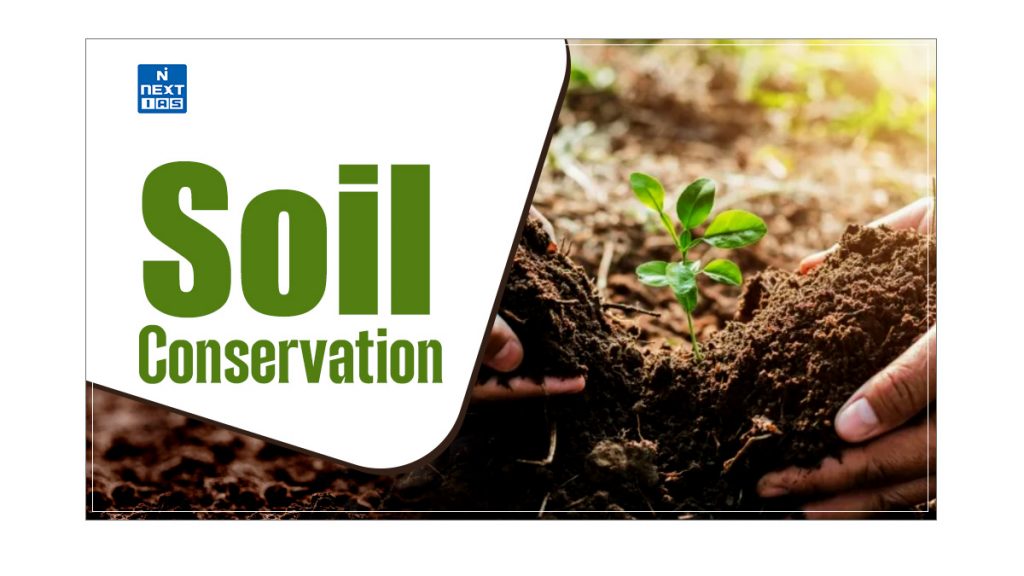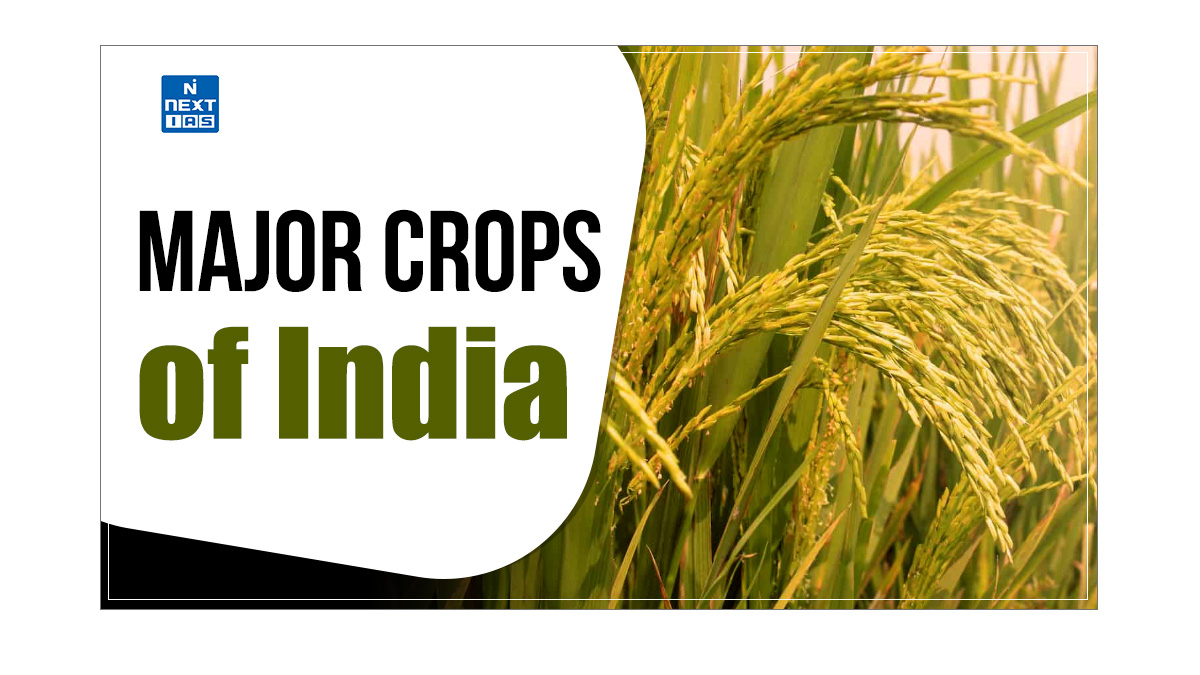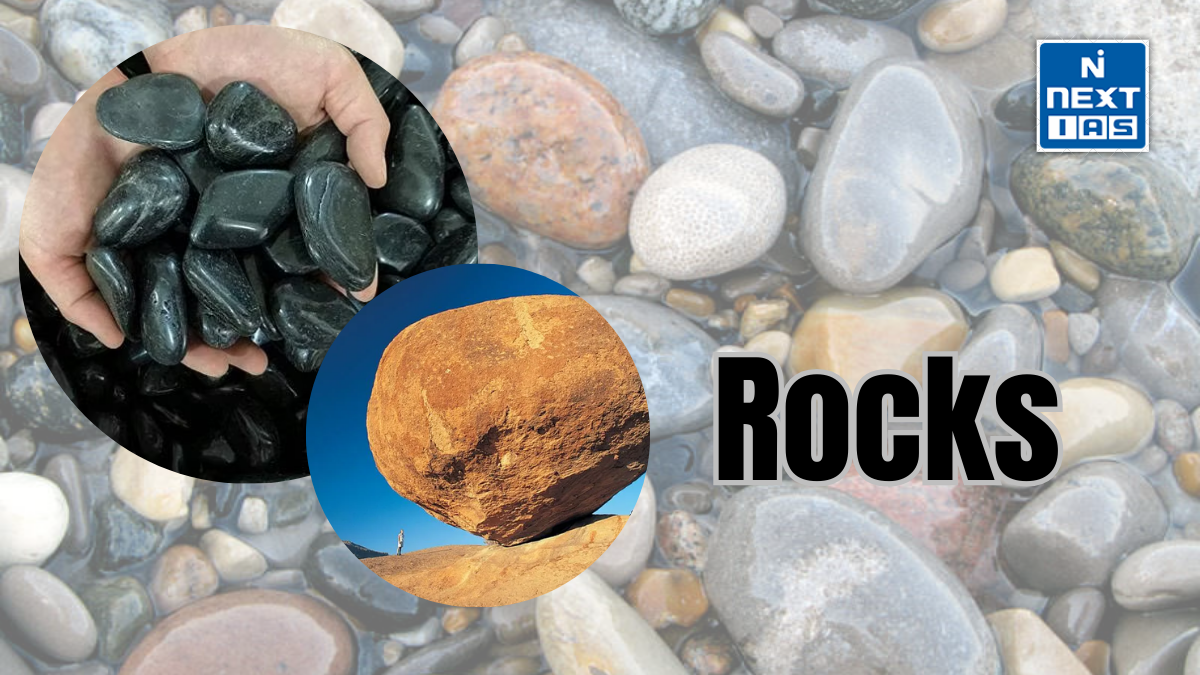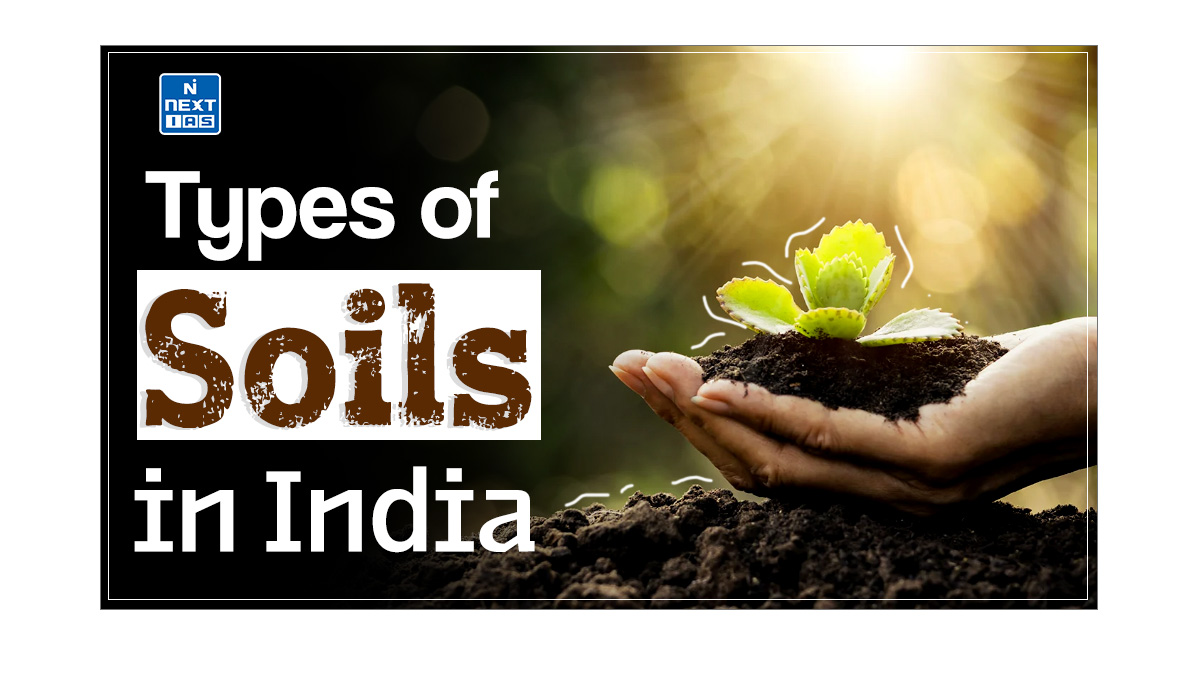
Soil Conservation involves managing soil practices to prevent degradation and ensure its continued fertility and productivity. The practice of soil conservation is crucial for sustaining agricultural output, protecting ecosystems, and maintaining environmental quality. This article aims to study in detail the various techniques of soil conservation, their applications, and their significance in maintaining soil health and productivity.
What is Soil Conservation?
- Soil Conservation is the practice of managing soil to prevent its degradation and maintain its health and productivity.
- Soil conservation involves a range of strategies and techniques to protect soil from erosion, nutrient loss, and other forms of degradation.
- The goal of soil conservation is to ensure that soil remains fertile and capable of supporting agricultural activities, as well as to sustain ecosystem functions and environmental quality.
Key Aspects of Soil Conservation
The key aspects of soil conservation are as follows:
- Preventing Erosion – Techniques such as terracing, contour ploughing, and planting ground cover help reduce soil erosion caused by wind and water.
- Maintaining Soil Fertility – Practices like crop rotation, cover crops, and organic amendments help replenish soil nutrients and enhance its structure, promoting soil conservation.
- Improving Soil Structure – Methods such as reduced tillage and adding organic matter help maintain soil structure, which improves water infiltration, reduces compaction and enhances soil conservation.
- Managing Soil Moisture – Techniques to conserve soil moisture include mulching and proper irrigation practices to prevent waterlogging or drought.
- Preventing Pollution – Soil conservation efforts also involve minimising contamination from pollutants and chemicals that can degrade soil health.
Methods of Soil Conservation
There are three types of methods for soil conservation:
- Physical Methods,
- Chemical Methods, and
- Biological Methods.
All these soil conservation methods have been discussed in detail in the following section.
Physical Methods
Soil conservation can be achieved through physical methods, which are as follows:
- Terracing – This technique creates stepped levels on sloped land to slow water runoff and reduce soil erosion.
- It helps in managing steep terrains and enhances water absorption.
- Contour Plowing – Plowing along the land’s natural contour lines helps slow water flow and prevent soil erosion.
- It reduces the amount of runoff and allows water to infiltrate into the soil.
- Gully Plugging – This method prevents erosion in gully areas by constructing barriers or plugs.
- It helps to stabilise the soil and reduce the speed of water flow in these vulnerable areas.
- Windbreaks – Planting trees or shrubs in rows to create barriers against wind.
- This reduces wind erosion by decreasing wind speed and protecting the soil surface.
Biological Methods
Soil conservation can be achieved through biological methods, which are as follows:
- Cover Crops – Growing plants that cover the soil, even when crops are not cultivated.
- They protect the soil from erosion, improve soil fertility, and help retain moisture.
- Crop Rotation – Alternating different types of crops in the same field across seasons.
- This practice helps to maintain soil health, prevent nutrient depletion, and control pests and diseases.
- Agroforestry – Integrating trees and shrubs into agricultural systems.
- This method provides multiple benefits, including reducing soil erosion, improving soil structure, and enhancing biodiversity.
Chemical Methods
Soil conservation can be achieved through chemical methods, which are as follows:
- Soil Amendments – Adding materials such as compost, manure, or biochar to improve soil quality.
- These amendments enhance soil fertility, structure, and water retention.
- pH Adjustment – Applying lime or sulfur to correct soil pH levels.
- Proper pH adjustment ensures optimal conditions for plant growth and nutrient availability.
Practices of Soil Conservation
Some of the essential steps that can go a long way in soil conservation are as under:
Afforestation
- Tree plantation helps reduce soil erosion. Trees reduce runoff intensity and increase water seepage to the underground water table.
- Social forestry can be developed along rivers, canals, lakes, roads, and railway tracks.
Restriction on the Felling of Trees
- Apart from afforestation, it is equally important to check the indiscriminate felling of trees.
- People’s awareness that resulted in the launch of the Chipko Movement can help achieve this objective.
Contour Ploughing and Strip Cultivation
- Ploughing should be done in hilly and mountainous areas according to the contours and not in an up-down slope direction.
- Contour ploughing is an effective way of checking soil erosion.
- Similarly, small strips can be developed on gentle slopes for sowing crops, which helps overcome the menace of soil erosion.
Control of Floods
- In India, soil erosion is closely associated with floods, generally occurring during the rainy season. Therefore, efforts must be made to store flood water or divert additional rainwater.
- The interconnection of rivers, as in the Garland Canal Project or the Ganga-Kaveri Link Canal Project, can immensely help in this direction.
Reclamation of Ravines and Badlands
- Reclamation of gullies and ravines is also necessary to overcome the problem of soil erosion.
- Several schemes involving plugging gully mouths, construction of bunds across the gullies, levelling of gullies, afforestation, and restriction on grazing are being implemented in the Chambal ravines of Madhya Pradesh, Uttar Pradesh, and Rajasthan.
Restriction on Shifting Cultivation
- In northeast India and the Western and Eastern Ghats, shifting cultivation (slash and burn) is one of the leading causes of soil erosion.
- The shifting cultivators must be persuaded to stop shifting cultivation and should be trained and motivated to adopt terraced farming.
- A scheme to control shifting cultivation has been launched in the seven states of north-east India.
- This is a beneficiary-oriented programme that aims to rehabilitate the families of the Jhumias (shifting cultivators).
- There is a need to extend this programme to other states of the country and gradually replace this agricultural system with sedentary farming.
Restoration of Long Fallow
- There are 96 lakh hectares of fallow land. Old fallow land is mainly found in Andhra Pradesh, Karnataka, Madhya Pradesh, Maharashtra, Rajasthan, Tamil Nadu, Bihar, Uttarakhand, and Uttar Pradesh.
- This old fallow land can be brought under cultivation, grazed, and planted with orchards, which will help reduce soil erosion.
Reclamation of Saline and Alkaline (Usar) Soil
- The country has more than 80 lakh hectares of saline and alkaline soil. Cow dung and gypsum are quite helpful in reclaiming salt-affected soils.
Other Measures of Soil Conservation
The government of India has been attempting to control soil erosion throughout the planning period. The following steps can be taken for soil conservation and help reduce the rate of soil erosion.
- Small dams are being constructed across the tributaries of rivers in their upper reaches to control floods and soil erosion.
- The lining of canals stops the seepage of water, which leads to waterlogging.
- Solving the problem of waterlogging by improving the surface and vertical drainage.
- Formation of windbreak and shelter belts in arid and semi-arid regions.
- Popularising the application of cow dung and green manure.
- Conversion of human waste and city garbage into manures.
- Scientific rotation of crops.
- Agronomic practices like mulching.
- Filling up gullies and forming terraces along the slopes.
- Levelling of ravines and planting of trees and grasses on the slopes.
- Check on shifting cultivation and conversion of Jhum lands into sedentary agriculture.
- Promotion of afforestation in the degraded soils.
- Adopting the techniques of sustainable agriculture. For example, agriculture is based on agroecological conditions.
- To educate the public about the adverse effects of soil erosion through seminars, conferences, and workshops in the regions of degraded soils.
Conclusion
In conclusion, soil conservation is a vital practice encompassing various techniques to safeguard soil from degradation and erosion. We can enhance soil health, increase agricultural productivity, and sustain ecological balance through terracing, cover crops, and soil amendments. Successful soil conservation efforts improve land productivity and contribute to environmental preservation and resilience against climate change. By continuing to adopt and innovate these practices, we can secure the future of our soil resources and support the well-being of current and future generations.
Frequently Asked Questions (FAQs)
What is Soil Conservation?
Soil conservation protects soil from erosion and degradation, ensuring its fertility and sustainability for future use.
How to Conservation Soil ?
To conserve soil, you can:
1. Plant cover crops to prevent erosion.
2. Practice crop rotation to maintain soil fertility.
3. Use contour plowing and terracing to reduce runoff.
4. Implement no-till farming to preserve soil structure.
5. Create windbreaks with trees or shrubs to reduce wind erosion.
6. Apply organic mulch to protect and enrich the soil.
7. Construct retention ponds to manage water flow and reduce soil loss.






